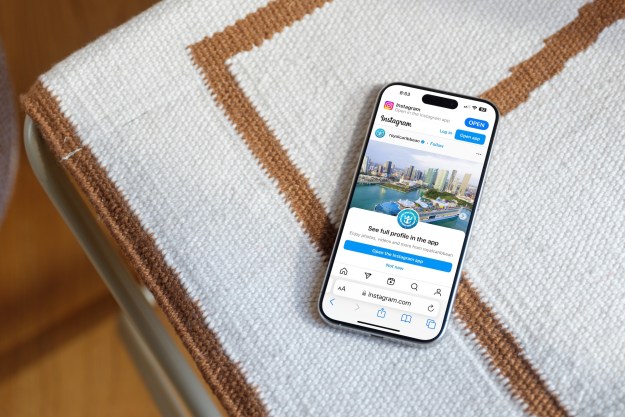
That is where the Power Meter , a new voltage monitor from Satechi, comes in.
The Power Meter’s a bulbous, rounded USB dongle that looks a little like a memory stick. But there is an important difference: A green LED screen on the front. Plug it into a USB port and the screen displays the USB port’s current volt, amp, and milliamp hour output, while a pass-through port on the other end facilitates electron flow. In theory, it’s the perfect solution for folks who regularly swap between USB Type-C cables, chargers, and devices.
There is some doubt whether it works as advertised, to be fair. Satechi has yet to provide third-party evidence that the device’s readings are accurate, much less consistent. But it’s better than the trial-and-error era of early 2016 when plugging your smartphone into an unfamiliar USB Type-C cable was like playing Russian roulette. Google engineer Benson Leung went so far as to order wall adapters and cables from Amazon to determine whether they met the proper standards for the USB-C spec, a series of reviews which led the online retailer to ban sellers from listing cables that were not up to snuff.

In April, the situation improved slightly with the introduction of a new authentication technology. Now, spec-compliant USB Type-C chargers work behind the scenes to ensure that, say, an incompatible phone isn’t charged with a heavy-duty cable.
But that doesn’t solve the problem of manufacturers who ignore the specification entirely. Global chipmaker Qualcomm was accused of implementing a workaround to get its fast-charging technology, Quick Charge 3.0, to work with USB Type-C connectors.
Ultimately, it’s best to check the specs yourself before plugging one thing into another — better to be safe than sorry.
The Satechi Type-C Power Meter is available from Satechi’s website and the Power Meter for $30. It’s capable of handling voltages between 4V and 20V, and wattage from 50mA to 10W.
Buy on Amazon
Editors' Recommendations
- Why USB-C on the iPhone 15 could be a nightmare
- Why your future gaming laptops will finally be powered solely by USB-C


